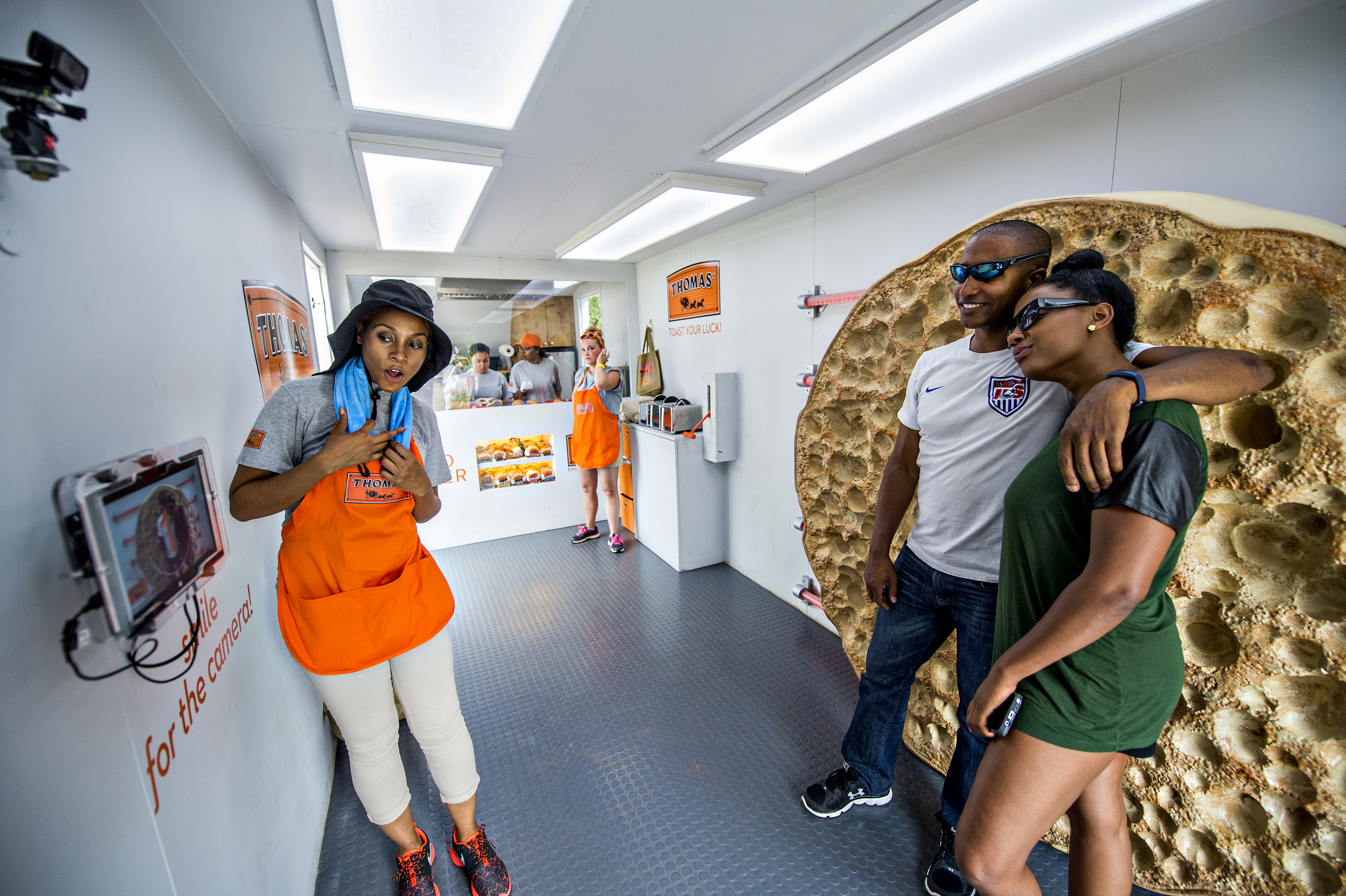How Experiential Marketing Creates CPG Brand Love
By Ann D'Adamo
February 18, 2020
By Ann D'Adamo
February 18, 2020
Most marketers would agree that they’ve never faced as many challenges as they do today. Amazon, direct-to-consumer brands, and shifts in consumer behavior are making it more difficult for CPG brands to break through or retain market share. In fact, of the thousands of creative new product launches that occur each year, about 85% of them fail. Today, products are not just competing for space on the shelf; they’re competing for space virtually everywhere.
It’s not just brands that feel the repercussions of increased competition. Consumers, in turn, are overwhelmed by the sheer number of choices presented to them. When faced with too many options, consumers experience what behavioral experts have dubbed “choice overload,” an inability to make decisions that causes one to simply shut down.
So, how can CPG brands fight back against choice overload and earn the trust (and dollars) of consumers? Here, we take a look at the ways that experiential marketing helps brands stand out from the crowd.
Brands That Create Personal Connections Win
Does choice overload mean that brands should launch fewer products? Not at all! Consumers like and long for variety. However, the way that marketers present their products plays a critical role in helping consumers streamline their choices. Experiential marketing offers the opportunity to create personal connections with consumers and initiate authentic conversations about the brand. In fact, 65% of consumers say that live events help them have a better understanding of a product or service, vastly outpacing digital efforts and TV ads as a way of learning about a brand. And, when consumers feel more connected to a brand, they’re more likely to buy and remain loyal.

Redefining Brand Experience
Experiential marketing has come a long way. Once viewed as simply a sampling tactic, experiential activations have become an integral part of a brand’s marketing mix. Today, marketers are leaning into experiential strategies to launch new brands or generate excitement about existing products, educate and engage sales teams, optimize social and influencer partnerships, and amplify public relations efforts. Marketers understand the importance of delivering the right message, at the right time, to the right consumer, and smart experiential strategies help brands achieve those goals.
Building Brand Love
In a sea of choices, consumers feel compelled to choose brands they personally identify with. Food, beverages, and personal care products are no longer just products they buy, but rather an expression of one’s self-image, aspirations, values, and lifestyle. At Inspira, we design experiential activations that build brand love through immersive storytelling that emotionally resonates with consumers.

Whether we’re creating surprise-and-delight moments, like making it snow in Arizona on behalf of Sara Lee, or helping Café Bustelo bring its Cuban coffee to consumers through a mobile, pop-up retail store, we know that when people experience well-told stories, they are more likely to identify with the brand and feel compelled to share about it. Contact us today to discover how our strategic approach to experiential marketing can help your brand form long-lasting consumer relationships.
[hubspot type=cta portal=5600189 id=61004bdb-f2f4-4c7f-b7ea-e57bed292904]
Sources: Shopkick What Top CPG Brands Have to Teach Us About Successful Product Launches, Kellogg Insight When Consumers Are Most Likely to Feel Overwhelmed by Their Options, EventTrack Experiential Marketing Content Benchmarking Report